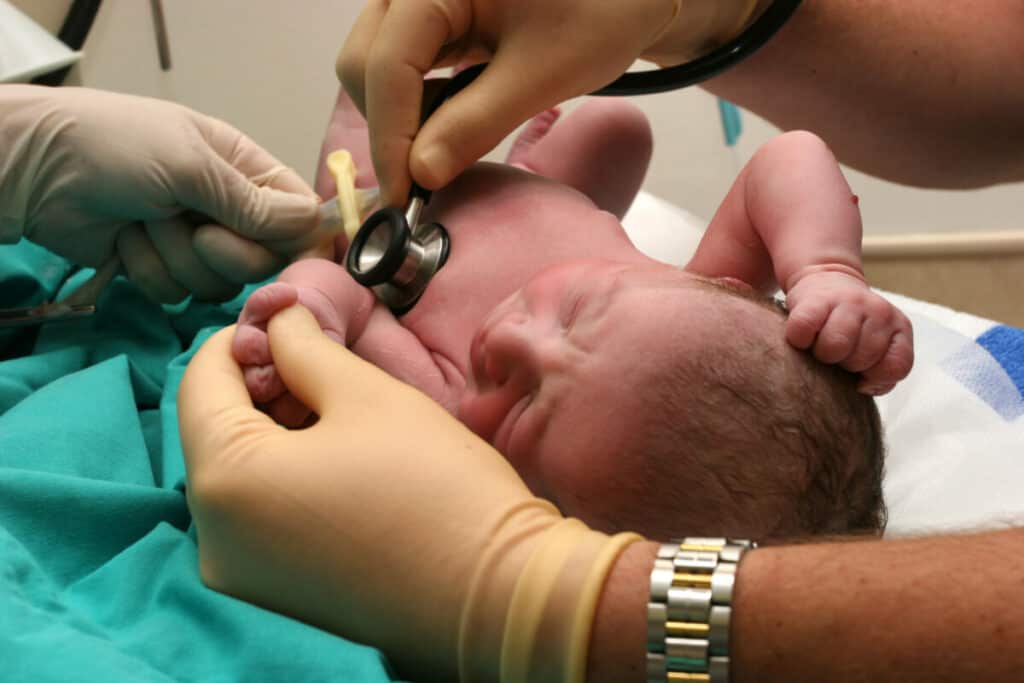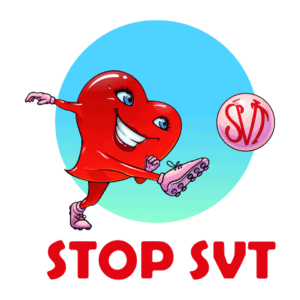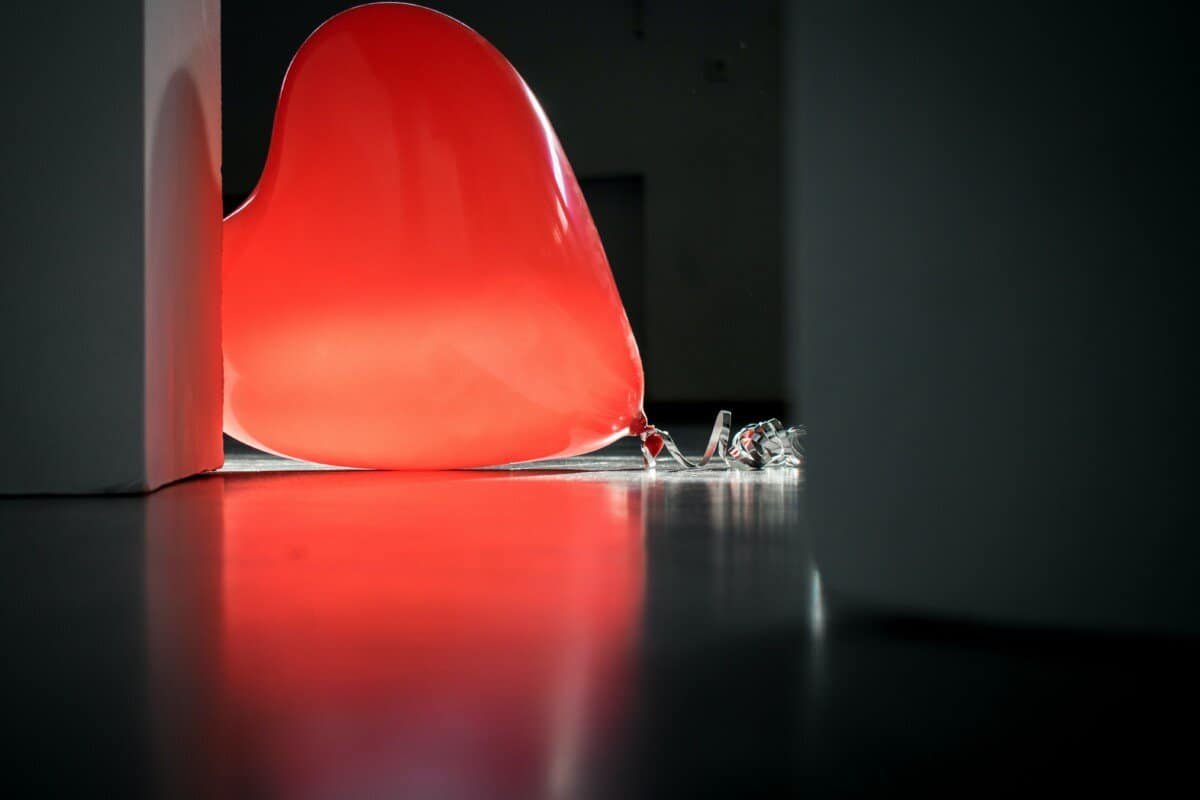There are many exciting things to uncover about the heart, but here are the most interesting facts based on science.
The heart is much more than a pump, it is the beginning of life, the love connection between mother and child, the messenger that sends cues to the brain, and the recipient of strong emotions. The heart knows much more than we think and the scientists are only about to discover all of its magical power.
Table of Contents
1. The heart is more than a pump
The concept that the brain coordinates one’s body functions is something that everyone agrees.
Also, the heart is seen as a pump, but not many people think that a foetus’s first fully developed organ is the heart, not the brain.
The heart develops first and starts to beat without the help of the brain.
It has an intricate system of cells that send electrical impulses from the sinus node, a tiny cluster of cells located in the right atrium and is invisible with the naked eye. When the sinus node starts to function, the heart contracts for the first time.
If the heart is just a pump, what makes it operate independently of the brain from the beginning?
This is something unique within the heart cells called automaticity. Even removed from the body, a heart continues to beat as long as it has oxygen.
When we say the heart has an intrinsic heart rate, it means precisely that: it can beat without any input from the outside.
Seven weeks after its first beat, the heart is fully developed and ready to take care of the growth of the other organs by supplying blood and nutrients.
You could say that this is what a pump does. The difference is that this pump doesn’t distribute the liquid equally, in our case, the blood.
The brain is the one who gets the most attention. 30% of the amount of blood is sent to the brain.
The heart makes sure that the head always gets enough blood, even if it has to distribute it less in other sectors.
If necessary, it will be taken from the skin or organs to ensure that the brain has enough.
If this is not something more intelligent than a pump, then what is? What else can we say other than that the heart is the promoter of life and love?
2. The hormone of love is responsible for the first heart beat

The heart’s first beat is triggered by oxytocin, the hormone of love.
After the egg is fertilized, the formed stem cells are flooded with oxytocin, and they start the transformation into heart cells.
This hormone that causes the change comes partly from the mother and partly from the stem cells.
Oxytocin is an exceptional hormone, and it is not for nothing that it is called the hormone of attachment and love. The same hormone produces uterine contractions that signal that childbirth is about to happen.
It is also responsible for strengthening the bond between mother and newborn immediately after birth when it seems that all the pain is forgotten and the new mother has no eyes except for her little one.
Oxytocin is also present in large quantities when we fall in love and have sex, when loved, protected, or feel safe.
Depending on our relationships and manifested affection, it is produced in a smaller or larger quantity.
Affective gestures such as kissing, hugging, and holding hands increase its levels. In adults, it is produced in the hypothalamus, but the heart is also a source of oxytocin.
It is released into the body whenever something positive happens and helps regulate emotions and reduce stress.
In ancient cultures, the heart was seen as something extraordinary, a place where love and compassion spring.
It seems that as we delve deeper into new scientific discoveries about the heart, more and more clues lead us to the idea that love comes from the heart.
3. The child’s heart synchronizes with that of the mother
A number of published studies describe the existence of synchronicity between a mother’s and fetus’ heart beats’.
They found phases when the mother’s and the baby’s hearts beat as one.
This comes as a surprise even for medical professionals for several reasons. The mother and the fetus are two separate individuals with two unique hearts. Each heart has its own rhythm.
Another observation is that the mother and fetus’s communication is done through the umbilical cord, not through a neural connection.
There are no nerves from the mother to control the baby’s heart.
A heart-to-heart synchronization happens between a mother and her unborn baby, for which science does not have an explanation yet.
4. The heart has its own brain
The heart works similarly to the brain. It can feel and remember, or at least this is what some researchers say.
Although traditional medicine retains its old idea that the brain is the driving force, some researchers and medical professionals believe that the myocardium can make decisions independently of the brain.
In 1991, Dr. Armor discovered that there are approximately 40,000 neurons in the heart.
Yes, you read that right, just like the ones in the brain.
The neuron is the brain’s specialized cell that can transmit messages through the nervous system to all organs in the body, including the heart.
It is the way the brain communicates with cells, organs, and tissues.
As we already said, the general concept is that it is the control center from which everything that happens in the body is coordinated.
In his book “The Beat of Life, “Heart surgeon Reinhard Friedl explores the cardiac muscle beyond its rudimentary function and supports Dr. Armor’s opinion that the heart has a kind of thinking.
Many facts observed and put together make you believe that this might be possible.
It begins with the heart’s functionality before the brain can process thought and ends with the fact that separated from the body, it can function independently of the brain as long as it has oxygen.
Moreover, the cardiac muscle sends more messages to the brain via neural pathways than it receives.
One of the ways through which the two organs communicate is the vagus nerve. This communication is like a two-way street.
Messages are sent from the brain to the heart and vice-versa through the nerves.
However, even if many clues lead us to conclude that the heart has its own brain, much more studies are needed to support this claim. But I think it is an exciting field, and it is worth noting the discoveries made in this field because they can lead to revolutionary treatments for heart disease.
5. A different kind of heart attack

I will share a story found in an old magazine to illustrate the real impact of stress on our lives.
7 November 1970, Harkov, URSS
The Circus arena in Harlov is simmering with curious people who want to see one of Europe’s most famous tamers of big cats.
Lidia Jiga presents a mixed group of five lions and three tigers in the ring together.
She is preparing to hold her second show.
The performance has begun, and we have been in the first five minutes of seeing these felines walking and tumbling around the arena.
People are fascinated by the mastery of training those big cats.
They are moving as Lidia instruct them to do, jumping and sitting at Lidia’s finger snap.
As the first trick is performed, the audience bursts into applause.
Lidia turns her back to the animals, bowing and waving to the audience.
In this split-second lapse of attention, the Ruslan lion reaches his claw and scratches her hip.
In pain, she stumbles and falls to the ground.
The felines become agitated by the smell of blood.
The water jet forced a lion to retreat but pushed by its instinct, Amur, Lidia’s favourite tiger, leaps across and pounces on top of her, going for her neck.
She has been pinned to the ground in front of a terrified crowd.
Amur drags her around the enclosure.
Loud screams from the audience and roars from the lions are causing havoc.
All the drama happens under the spectators’ eyes, who are screaming in terror.
The tragedy does not end here.
One of the pregnant women in the audience goes into labor instantly.
As people have rushed to the exit, a man remained pinned to his chair.
For him, any attempt at resuscitation is already too late.
His coronary arteries went into spasm, and his heart’s blood supply was severely restricted.
As in Lydia’s case, physical stress can be fatal, but emotional stress can have the same consequences.
Broken Heart Syndrome
Even sporadic, Takotsubo syndrome or broken heart syndrome might cause casualties.
One study done on 345 hospitalized patients revealed a mortality rate of 4%.
In these particular cases, when a very stressful event happens, the heart doesn’t function as it used to.
The high load of emotions is just too much for it.
The left ventricle changes its shape, becomes more prominent, and weakens part of the heart muscle.
As a result, it cannot pump efficiently, and the blood flow to the heart is limited.
People who experience a broken heart syndrome often present themselves to the emergency as the symptoms are very similar to a heart attack.
They complain of chest pain, shortness of breath even fainting. The only difference is that there is no physiological cause or blocking of the arteries.

